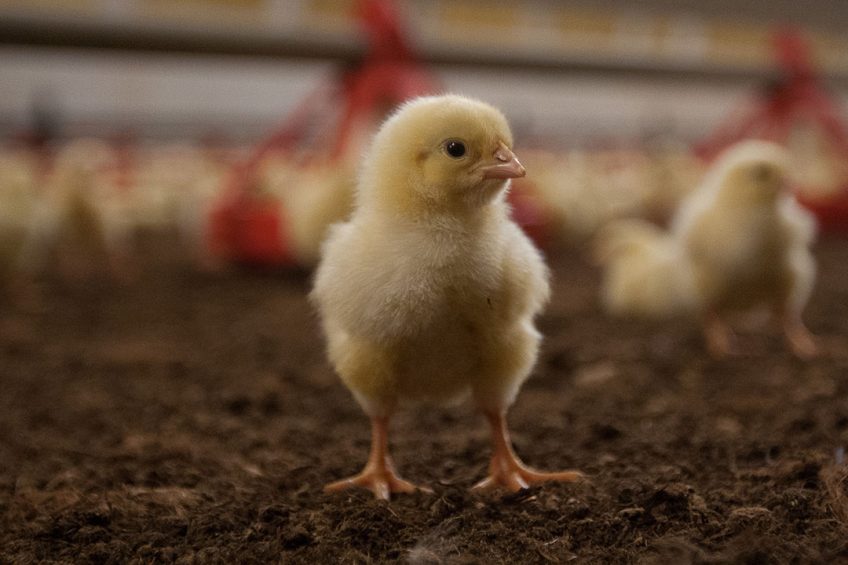Costs of poultry production diseases revealed

Production diseases can cause major financial losses to poultry farmers if not controlled effectively.
Diseases such as clostridiosis and coccidiosis threaten to remove any profits broiler farmers make unless there are meaningful interventions.
The typical commercial broiler farmer made around €0.30 a bird in 2013 yet costs due to uncontrolled disease from clostridiosis ran to more than that amount, while coccidiosis is costing farmers more than €0.20 per bird. The figures fall to €0.15 cents for clostridiosis and about €0.12 cents for coccidiosis after intervention.
The figures were released at the Pan-European ProHealth industry workshop and symposium in Ghent by Philip Jones, senior research fellow at the University of Reading’s School of Agriculture, Policy and Development. The study used a standard cost model based on 2013 EU average costs.
Broiler production costs were €124/100kg l.w. based on 2.276g/meat/bird. Layer production costs were €29.48/hen based on 340 eggs at €8.67/100.
Losses
Mr Jones said financial losses from production diseases were also considerable in the laying hen sector, where producers typically get around €6 per bird. Keel bone damage, according to the study, was estimated at €3.5 per bird without intervention, falling to €2.25 with treatment. Infectious bronchitis is also costly, with producers losing €3.25 per bird, although the efficacy of intervention is considerable in this instance.
Stakeholders were generally satisfied with the findings but believed the net margin losses for keel bone damage and footpad dermatitis were too high.
He stressed that due to the astonishing lack of financial data following a global literature review that the costs had to be estimated from changes in physical parameters. A total of 127 relevant publications were found, including surveys of disease incidence and experimental studies where the productivity effect of the disease versus control groups, with the improvements measured in physical terms, such as a Feed Conversion Rates (FCR) or bacteria counts.
Nine production diseases were identified for the study, selected by scientists working on the project and the importance of the diseases in their respective countries (Finland, Germany, Poland, Spain and the UK). Around 100 stakeholders were consulted across the production chain, including farmers, vets, abattoirs, hauliers and processors. It covered both clinical and sub clinical information.
The nine identified were injurious feather pecking, salpingoperitonitis syndrome, keel bone damage, footpad dermatitis, tibial dischrondoplasia, clostridiosis, coccidiosis, infectious bronchitis and ascites.
The study also looked at mortality rates and weight losses incurred by the production diseases. Salpingoperitonitis had the highest mortality rate while in terms of weight losses, coccidiosis, tibial dischrondoplasia and footpad dermatitis were the three diseases that fared worst. Scientists also noticed a small decrease in quality in the meat being processed.
In the laying hen sector, infectious bronchitis had a massive effect on egg numbers, cutting production by a third. Hens suffering injurious feather pecking saw output reduce by 5%, although Mr Jones said this was an area significantly affected by lack of data.
Injurious feather pecking also had a significant economic impact on FCR – down 25% – with birds moving and eating less. Coccidiosis and clostridiosis led to a 15% slump.
Certain costs were excluded either due to lack of data or for other reasons, such as increased carcass disposal, veterinary medicine and labour costs. Mr Jones said he was deeply surprised by the lack of financial figures available to the industry given that it was clear people understood the economic importance of production diseases across the industry.
The study is being published in the Journal of Animal Production Science.












